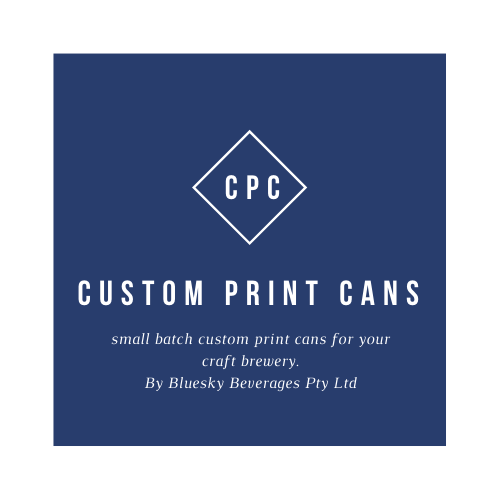
Preventing wastage with smaller can runs

We have all been there at some point. We excitedly order our first lot of printed cans, potentially a dozens of pallets, expecting great things from the brew that’s about to go into them, only to realise that it takes longer than planned to build volume or the customer actually prefers a different limited edition beer. Inevitably, the pallets get moved from the ground to the upper levels of the pallet racking to “get them out of the way”. Out of sight, out of mind.
As these unused pallets of printed cans sit empty, they are costing money. Invariably this cost of under utilisation can be significantly more than the actual unit cost of the can (or label for that matter).
Considering the true cost of packaging
Most of us view packaging with an invoice value mindset, seeking to get the best “unit price” we can on our bottles, cans and labels.
The best price invariably comes from ordering a lot, upfront, and in many many cases it is more than you will ever need.
A key driver for this is the minimum order quantities required from packaging manufacturers. These manufacturers and cans and labels built their business models around customers, which, up until 10 or 15 years ago when craft brewing came steaming onto the scene, were only high-volume, mass-produced versions of the amber liquid.
Once these pallets start to arrive in your warehouse and unless it’s a high-volume line, these costs start accruing. Storage space costs are the first issue, taking up space in breweries that are already space-poor can be particularly bad for business.
The two greatest costs after storage are write-offs and re-badging. Generally as a producer we don’t want to “waste“ what we have, so the first solution particularly with cans, is to order sticker labels to go over them – it never looks great and we have just tripled if not quadrupled our packaging cost on that product. That’s not to mention the impact on cash flow and amount of capital packaging can tie up if they remain unutilised.
The longer they sit, the greater the risk that the packaging you proudly ordered six months ago will become redundant. This could be as a result of labelling law changes like the new pregnancy warning labels that are coming in with additional ink colour requirements when you only have the original black and white version, a business decision to discontinue that line, or a desire to rebrand in the fast-paced work of beer marketing.
There is also a disconnect at the moment between what the consumer wants, from small batches, limited editions and seasonal beers in addition to the core range, and the right packaging solution. However there are options out there to do small-batch printed runs, a choice that can adapt to your packaging needs while saving space, time and money.
 Custom-printed beer cans
Custom-printed beer cans
An alternative to the wastage of having to do major print runs is doing custom print cans for your small-batch beers.
Bluesky Beverages has recently launched a service that allows craft brewers to print can runs as small as 1000 units.
Specially set up 6 colour UV printers allows a full sleeve print using Eco-friendly inks that create a very strong bond with the can surface.
While there is a small one-off file set up cost, multiple designs can be incorporated within the print run.



